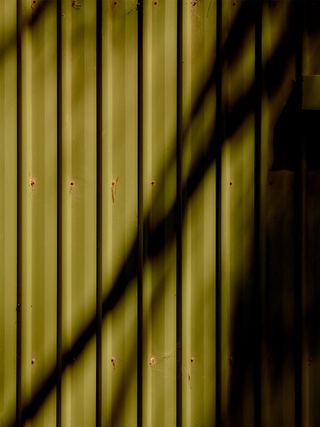VNTNRTM
VNTNRTM
VNTNRTM connects makers drinkers & thinkers in the pleasure of wine
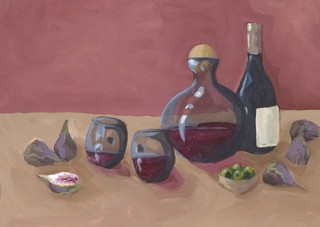
When Wine Falls Overby Moira Tirtha
Illustration by Annabel Hyles
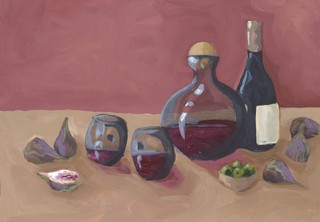
Thoughts on Cellaring
Not unlike teenagers going through puberty, wines in their youth can seem a little prickly. Their acid might make you pucker; their tannins overly astringent. But over time, as oxygen slowly binds with the wine, such pokey characteristics can soften. Mature complexity develops as lively bright lemon transforms into dried and candied citrus, mushrooms come out of the woodwork, and aromas of tucked-away jars of biscuits and nuts make you question how it’s possible that time is the instigator of such morish change. Though if you wait too long to open a wine, it might just fall over. Australian Riesling can imitate kerosene; and without fruit to balance the savoury earth, a Barossa shiraz can feel void of expression altogether.
The ‘optimal’ moment to drink a bottle of wine can be elusive, given this potentially fickle line between too early and too late. It can be very hard to say when a wine will look its best; whether its ‘peak’ will happen in five years or twenty-five. Who knows what’s going to happen in twenty-five years anyway. It’s unsurprising then, that cellaring wine can be a source of intimidation, anxiety or plain disinterest (depending on how you like to avoid things). But maybe cellaring wine – as it’s been done in the past – is indeed a thing of the past.
In Australia, the average purchase price of wine has increased by 21% over the last ten years to 2023. While it may have been more commonplace for older generations to purchase wines in cases, and for these wine drinkers to live in homes with ample storage space (and for long periods of time), the changing economy means that cellaring wine today is more of a luxury than standard practice. There has been a shift towards drinking wines on the day they are bought, reflecting significant changes in wine culture. Likewise, the going rate for a new wine fridge at the smallest capacity of around 24 bottles starts at $300 and quickly escalates into the thousands of dollars. Given the best wines to age are typically those that have been made well (read: cost more), the financial investment of cellaring wine is wildly unreasonable for most wine-drinkers.
"The ‘optimal’ moment to drink a bottle of wine can be elusive, given this potentially fickle line between too early and too late."
Most importantly, understanding the value of putting wines away requires you knowing what characteristics of ageing you enjoy. After all, taste is subjective, and to say that wines are better by virtue of their age is a fallacy; indeed if you prefer fruit-forward wines, aged wines likely aren’t your thing at all. The trick to knowing the best time to open a bottle is knowing what you’re into, and understanding the process of aging in wine involves a significant learning curve. You need to be able to identify the tertiary characteristics that appear, remember what it was like when you drank it first, and understand its potential in the years to come. Ideally, one would buy multiple bottles of a single cuvée and track its evolution over a decade or two. It’s a lot of commitment.
This isn’t to say that you shouldn’t age wines, or that wines with age aren’t incredibly special. It’s more that the practice might just look different in a contemporary setting. Simplify things by relying on the recommendations of trusted winemakers or somms on what will look interesting in a few years. Or perhaps buy something to drink for specific, special occasions – rather than the abyss of the unknown future – like a graduation, birthday, or anniversary. Or thwart the responsibility and commitment altogether, and trust others (like VNTNR) to age the wine so you can simply purchase back-vintages when you’re ready to drink. Times are changing, and new ways to find pleasure in wine is all part of the fun.


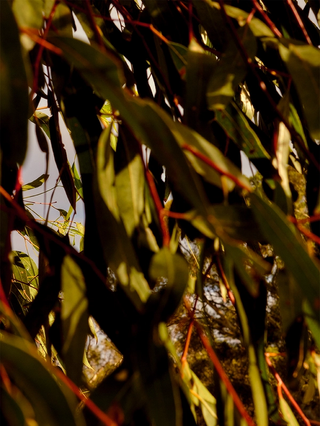

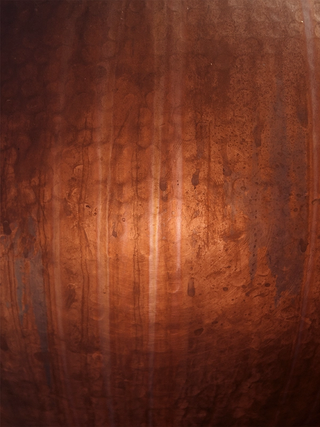
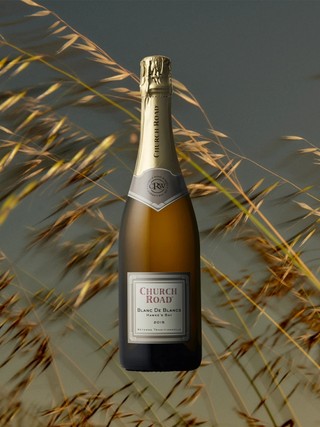

.png?rect=0,1,1574,7004&w=80&h=356&q=90&auto=format)
